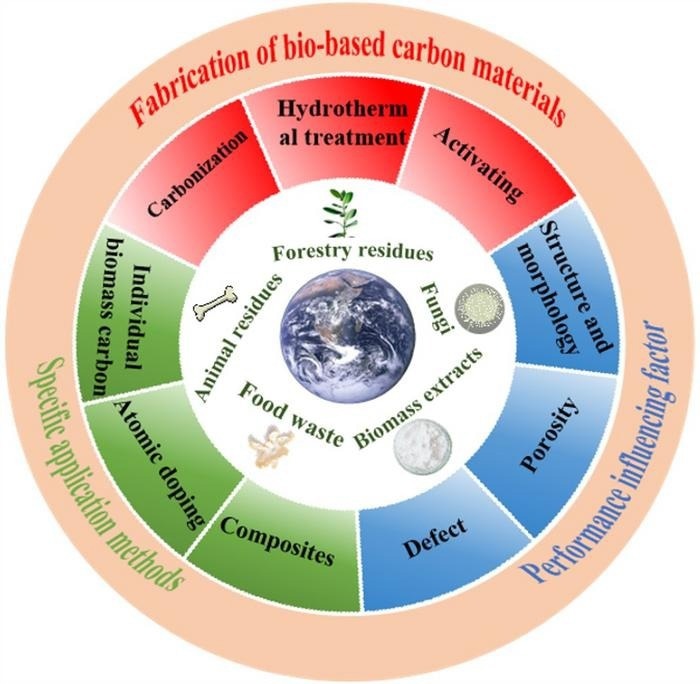Reviewed by Lexie CornerMar 19 2024
A group of Chinese researchers looked at the possibilities for high-performance rechargeable battery electrodes made of carbon compounds generated from biomass. The research was published in the KeAi journal Resources Chemicals and Materials.
 Graphical Abstract. Image Credit: Qiankun Zhou., et al.
Graphical Abstract. Image Credit: Qiankun Zhou., et al.
The authors' emphasis on the hydrothermal method as a strategy for producing carbon compounds generated from biomass was one piece of information that jumped out.
In our assessment, we posit that the hydrothermal method stands out as the most promising approach for crafting biomass-derived carbon materials. This technique not only offers a high degree of control but also demonstrates remarkable efficacy in tailoring the microstructure of these materials.
Qiankun Zhou, School of Energy and Chemical Engineering, Hefei University
This emphasizes how crucial fine microstructure control is to maximize the performance of these carbon materials, and the hydrothermal process provides a unique benefit in this respect.
Another intriguing feature of the review is a summary of integrating additional elements to the biomass carbon structures to produce synergistic effects. According to the authors, this calculated combination may improve ion battery performance.
Achieving optimal performance often necessitates the incorporation of other elements into biomass carbon structures. This strategic amalgamation leads to a synergistic interaction between the various components, culminating in superior performance in ion batteries.
Qiankun Zhou, School of Energy and Chemical Engineering, Hefei University
The review's authors uphold a fair-minded viewpoint throughout, recognizing the difficulties biomass carbon materials confront due to their low yields, complicated fabrication procedures, and restricted efficiency.
However, they firmly feel that these materials are on the right track for future development and have a wide range of potential uses beyond energy storage.
The review provides a thorough and perceptive investigation of the application of carbon materials produced from biomass in high-performance rechargeable battery electrodes.
It acknowledges the growing concerns about the environmental impact of traditional metal-based electrode materials and the need for more sustainable alternatives. It also highlights the promising paths for optimization through microstructure control and strategic incorporation of other elements.
Journal Reference:
Zhou, Q., et al. (2024) Biomass carbon materials for high-performance secondary battery electrodes: A Review. Resources Chemicals and Materials. doi.org/10.1016/j.recm.2023.12.002
Source: https://www.keaipublishing.com/